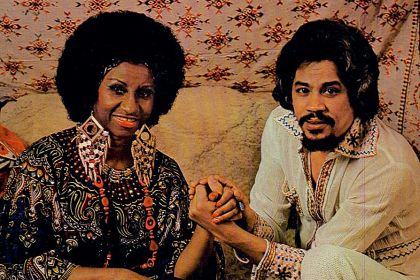SONGWRITER
A Dios le Pido: Juanes' Spanish lyrics behind the song success

A Dios le Pido or I beg to God is the best-known track of the Colombian songwriter and guitarist Juanes who made history as the first artist to sing in the European Parliament while realizing his peacekeeping mission. In 2002 the song was released in Latin America and Spain and re-released globally four years later in the wake of the Latin music boom happening at the time.
In the early 2000s, following the success of Ricky Martin, many Latin musicians began releasing English-language versions of their hits in pursuit of greater fame and income. The main negative side of this trend was the inevitable primitivization of poetry that affected the vocal delivery, generating lesser emotional power and reinforcing certain artistic stereotypes.
On this subject, Juanes has repeatedly stated that he will not sing in English in order to maintain the clarity of his poetry and emotionality of his performance as well as the advancement of the Spanish language pop music. The soulful lyrics of A Dios le Pido—imploring God to keep people from bloodshed and bless the family—could be the reason behind the enormous popularity of the song throughout Latin America despite the chord progressions accompanying the vocals being far from perfect.
Watch the official video of Juanes performing A Dios Le Pido:
Compositionally, A Dios le Pido develops according to the common song form with a minor verse and a contrasting major chorus. In the harmonic analysis of the verses chord chains, the scale degrees (denoted with Roman numerals) show the following progressions in the key of A minor: Am–E–Am–Dm–E–Am or i–V–i–iv–V–i. Notably, the progression contains the E major dominant chord rooted in the fifth scale degree, which is a case of the harmonic minor scale.
There is some ambiguity in the bridges based on the four-chord progression Am–E–G–D or i–V–VII–IV since the D major chord does not belong to the A minor key set in the verses or the relative C major key in which the choruses develop.
The D major chord also appears in the closing lines of the chorus:
- C–G–Am–G or III–VII–i–VII
- C–G–E–Am or III–VII–V–i
- D–G–E–Am or IV–VII–V–i
Strictly speaking, the use of the IV major subdominant chord in Aeolian mode is not something particularly unnatural, but pop song choruses tend to require simpler solutions to be easier to sing and remember.
Discover more songs composed in Aeolian minor mode and their harmonic analyses in the following articles:
- 8 songs to introduce Aeolian mode and natural minor scale
- 6 songs combining harmonic minor and Aeolian mode
- Mariposa Traicionera: meaning and flamenco roots of Maná's top hit
- Livin' la Vida Loca: why is Ricky Martin's best song so catchy?
- Locomotive Breath: fine groove born from Jethro Tull's studio session
- Shaman's Blues: quintessential The Doors song refined their most controversial album
- I Shot the Sheriff: Burnin' spliff nearly destroyed Bob Marley's original recording
- El Farsante and 7 more songs by Ozuna in Dorian and Aeolian modes



